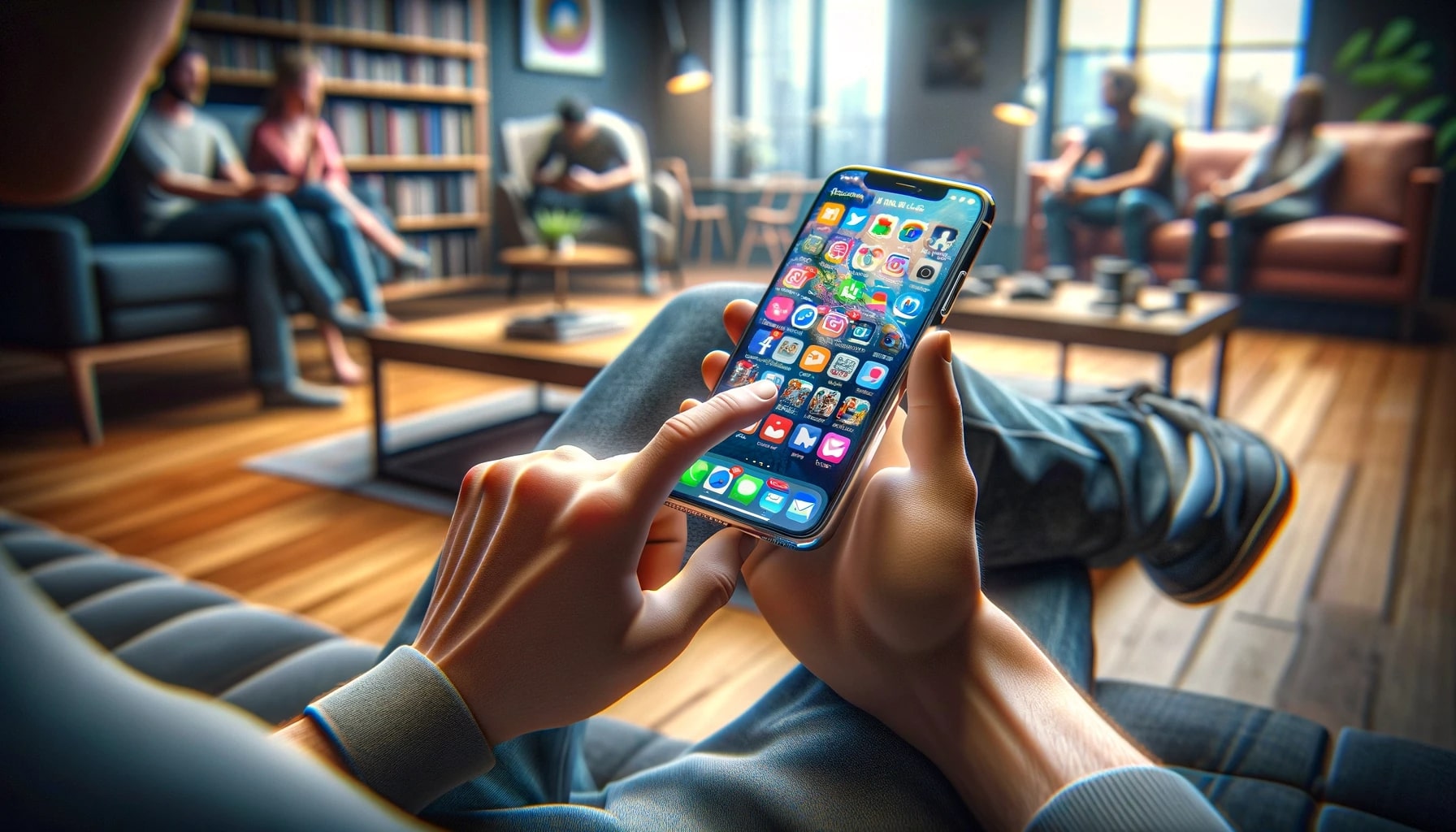The issue of a Mac not recognizing external displays is often resolved by simple troubleshooting methods, contrary to the anticipated complex repairs or lengthy support calls. Users have found that software glitches, connection mishaps, or hardware malfunctions may be at the root of the problem, and a mixture of resets, setting adjustments, and cable checks typically restores functionality.
In the past, following macOS updates, some users have reported similar challenges with external displays. Discussion forums and tech support threads reveal a pattern where specific updates result in compatibility issues or bugs that affect the connection with external monitors. The recurrent nature of this issue underscores the importance of a proactive approach to troubleshooting whenever operating system updates are applied.
What Causes Connection Issues?
Connection issues between a Mac and an external monitor could stem from a variety of factors. Loose or damaged cables, incorrect port usage, or even a simple software bug can impede the detection of an external display. In some cases, the problem is linked directly to a recent macOS update, which may contain glitches affecting external display recognition.
How to Diagnose and Resolve?
Diagnosing the issue can begin with basic steps such as restarting both devices, examining cables for damage, and ensuring firm connections. Advanced troubleshooting includes manually using the ‘Detect Displays’ feature in the Mac’s display settings, altering the configuration to match the external monitor’s requirements, and testing the Mac with an alternate display to isolate the problem.
A study published in the “Journal of Computer-Mediated Communication” titled “The Effects of Updating to New Operating Systems on User Experience” has highlighted the significance of software updates on peripheral compatibility. It suggests that updates can introduce variables that affect user experience, including the interaction with external devices. This emphasizes the need for thorough testing and immediate troubleshooting when issues arise post-update.
Could Software Updates Help?
Software updates can sometimes rectify compatibility issues with external displays, provided that they address the specific bugs causing the problem. Both Mac and Smart TV operating systems should be kept up-to-date to ensure optimal communication between devices. For Smart TVs, the process often involves navigating to a ‘Software Update’ section within the TV’s settings menu.
Helpful Points to Consider
- Restart devices and check connections.
- Use the ‘Detect Displays’ feature for manual detection.
- Ensure both Mac and display settings are correctly configured.
- Keep operating systems of all devices current to reduce potential issues.
- If problems persist, a factory reset of the Mac might be necessary.
In conclusion, resolving the non-detection of an external monitor by a Mac is usually feasible through a series of straightforward troubleshooting steps. From checking cable connections to resetting devices and updating software, these measures often negate the need for professional repairs. Should these attempts fail, consulting with Apple Support or the monitor’s manufacturer becomes the necessary course of action. It is also advisable to ensure that all devices are updated to the latest software versions to maintain compatibility and prevent similar issues from arising. As the scientific study suggests, the users should be aware that operating system updates can impact peripheral functionality, and a proactive stance in troubleshooting can mitigate disruption to workflows or personal use.










